Realization, cutting and painting on silk by hand. Worn by the bride at a traditional Japanese wedding.
The artist is: 秋山章 Akiyama Akira(1931-) was born in April of Showa 6 (1931).
In Showa 24 (1949), he studied dyeing craft in Kyoto on his own and entered the field of making high-end hand-painted Yuzen wedding garments.
In Showa 29 (1954), he established "Marusho Co., Ltd.," a business selling high-end wedding apparel.
Since then, it has held more than 150 exhibitions featuring the royal Akira collection and Yuzen wedding outfits in Kyoto.
In Heisei 5 (1993), he was invited to Düsseldorf, Germany, for Japan Week, and held a bridal costume demonstration and a Yuzen costume exhibition. Donation of his collection and exhibition of the representative work "Tenju Furyōhō" at the city's art museum. In Heisei 7 (1995), he received the Traditional Culture Award from the Foundation for the Promotion of Ethnic Costumes. Currently, artist "Yuzen". silk painting, handmade very high-end wedding clothes. He is the permanent director of the "Japan Traditional Ceremony Yuzen Preservation Association". Permanent Director of the Japan Dyeing and Weaving Arts Research Association. Director of Daikoujuku. Director and representative of "Yuzen Marusho Co., Ltd". "Executive Director of the Association for the Protection of Japanese Marriages, "Japan Traditional Ceremony". ## Akiyama Akira 秋山章 is an international authority on Japanese clothing culture (photo). The kimono is in very good condition. Length: 185 cm Width, including the sleeves: 133 cm Old iro-uchikake silk dress (coat) in the 十二単 "junihitoe" style decorated with motifs of cranes symbol of loyalty and a seedling of flowers. The "十二単 Junihitoe" was worn at the as a ceremonial dress in public places such as the Imperial Court. The Iro-uchikake was also used as a very high standard evening dress by the ladies of the court, for court ceremonies. Previously used for ceremonies, in particular for the enthronement to the throne and for the weddings of the princesses of the imperial family, nowadays in Japan, this coat is intended for the bride. (Who has of course the means to afford such a garment) The overall composition of Iro-Uchikake consists of: "唐衣 Karaginu", "表着 Uhagi", "打衣 Uchiginu", "五衣 Otsuki", "単衣 Hitoe", "長袴 Nagadirama" and "裳 Mo ", are the elements of the costume and the hairstyle is based on large hanging hair called 大垂髪 Osuberakashi. This model is particularly rich, the colors are vibrant, and the silk of very good quality. The uchikake is a kind of long coat always richly decorated which is worn over a ceremonial kimono only. It is recognizable by its size and the padded padding at the hem which gives it better support. The lining is often solid red (the color of happiness which also wards off bad luck). The motifs depicted are always auspicious. It does not close crossed in front like the kimono but edge to edge. It is simply placed on the shoulders and/or skillfully put in place by dressers during a wedding for example, for the time of a souvenir photo. Nowadays, it is part of the (very) traditional outfit of the bride in Japan and Korea. The uchikake is a long coat with wide sleeves, in quilted silk. Its origin goes back to the time of Kamakura (1185-1333) where it was worn by the wives of samurai. Later, at the beginning of the Muromachi era (1333-1573), women of the nobility wore it from the beginning of May until the end of September. It then became a winter garment, made of a thick fabric (karaori), decorated with embroidery combined with encrusted gold or silver leaf (nuihaku). From the beginning of the Edo period, it is made in a damask satin (rinzu) white, red or black and decorated with rich embroidery. The kosode (kimono) worn under the uchikake is called aigi and the obi that holds it, kakeshita obi. During the 18th century, the bottom of the garment was lined with a kind of padded bead which prevented it from slipping off the shoulders. Nowadays, the Uchikake is still worn on a kimono by young brides during the wedding ceremony. Very ample, it remains open. The designs most commonly depict pine trees, bamboo, cranes, plum blossoms or turtles, all of which symbolize longevity. The color red is dominant. More information on 06 13 36 09 30 or on winsteinprovence.com We have a very nice choice of Kimonos at your disposal. www.winsteinprovence.com texts photos winstein rights reserved ref WINSTEIN



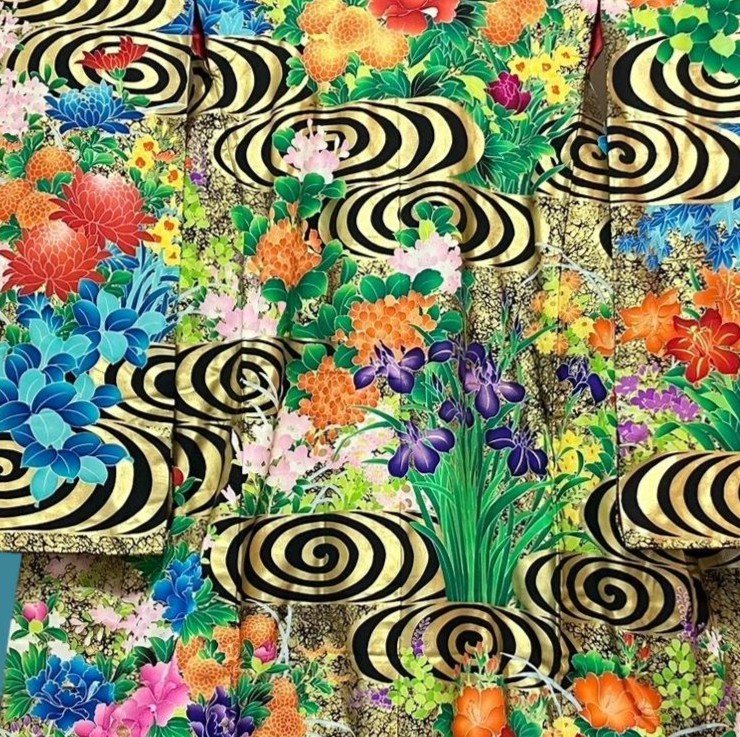
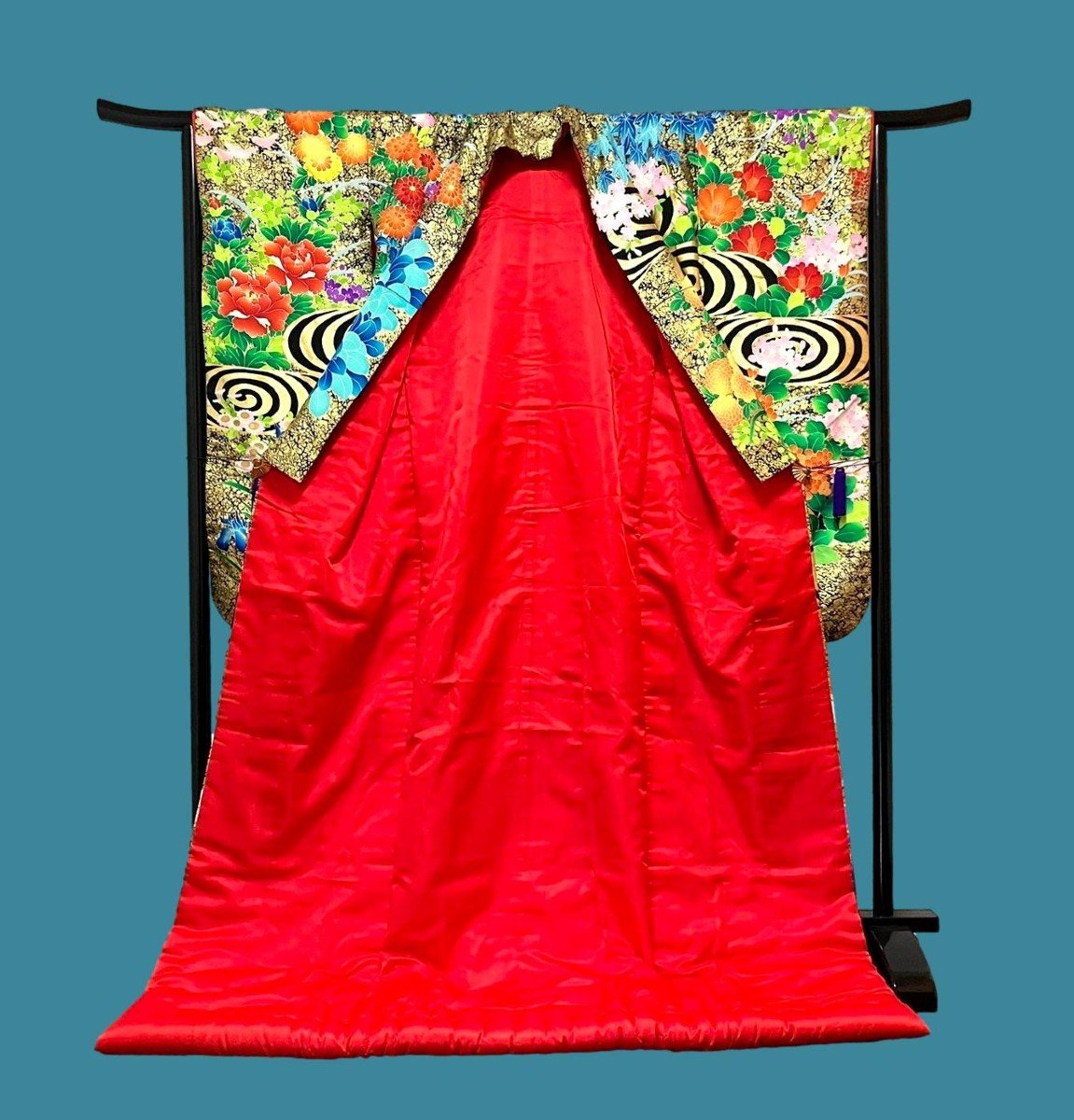
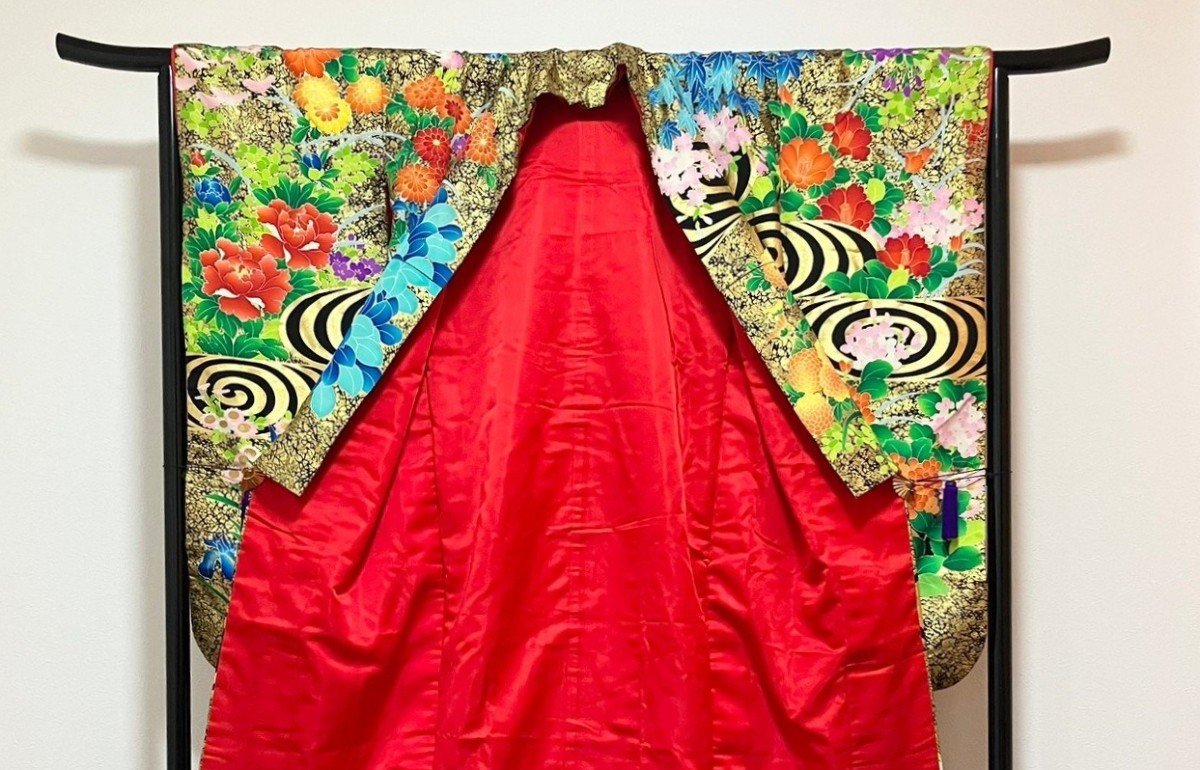
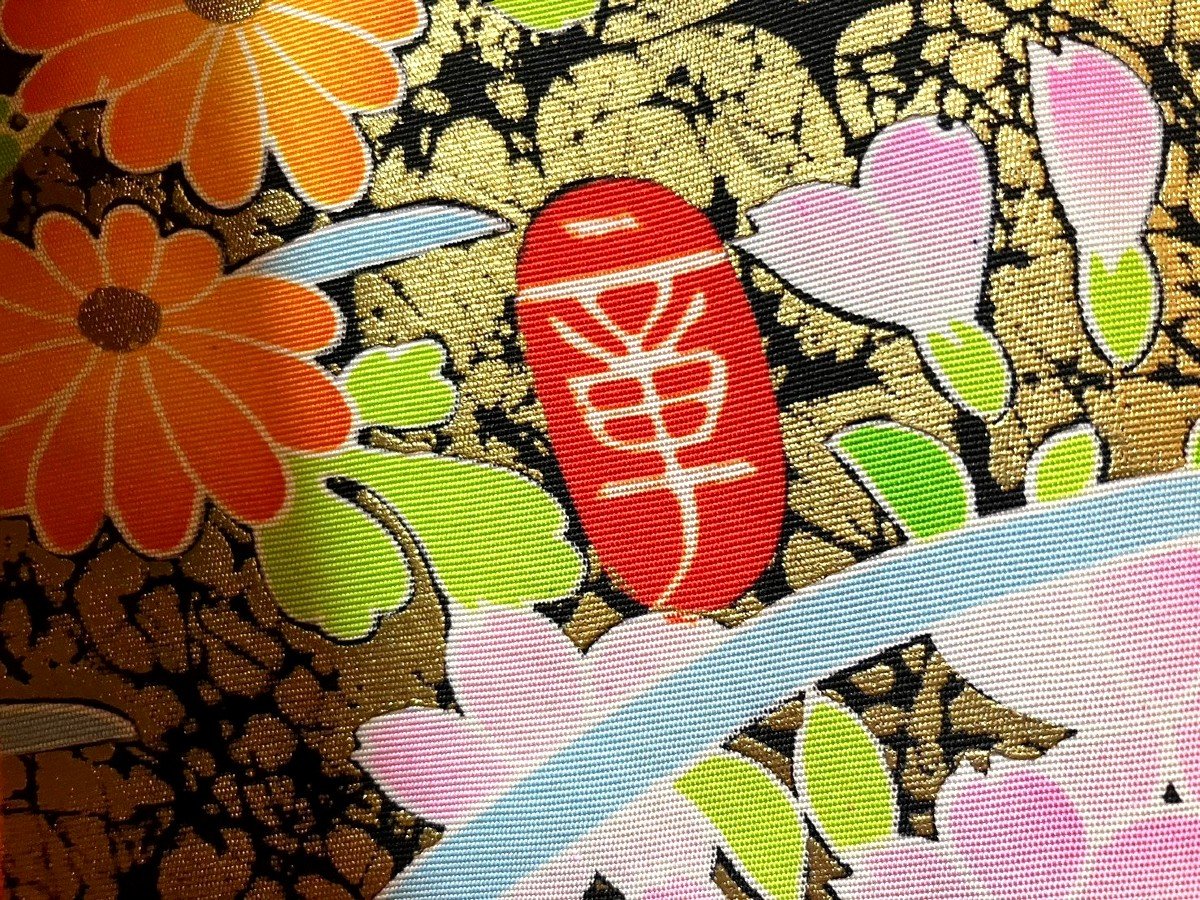




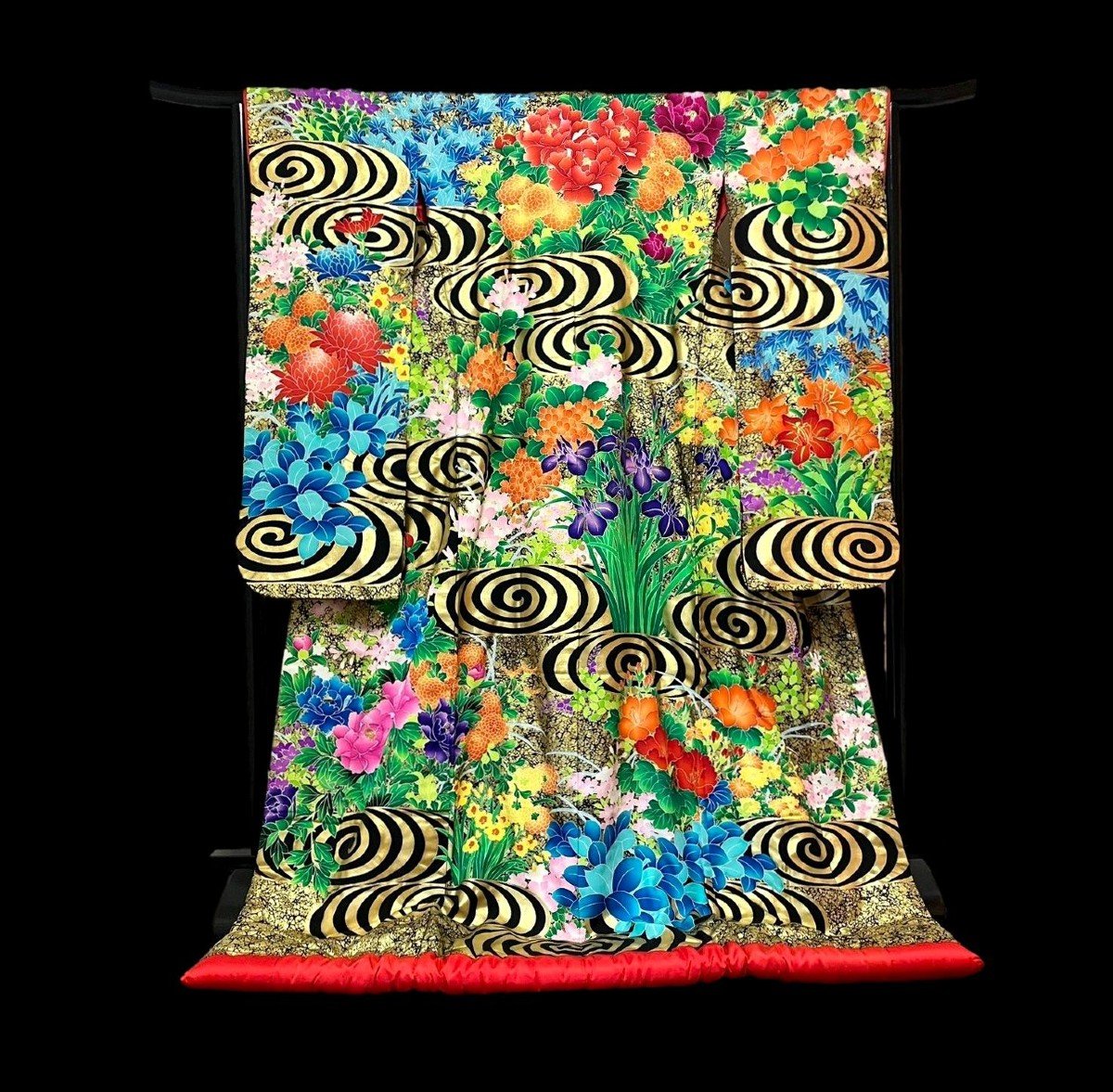
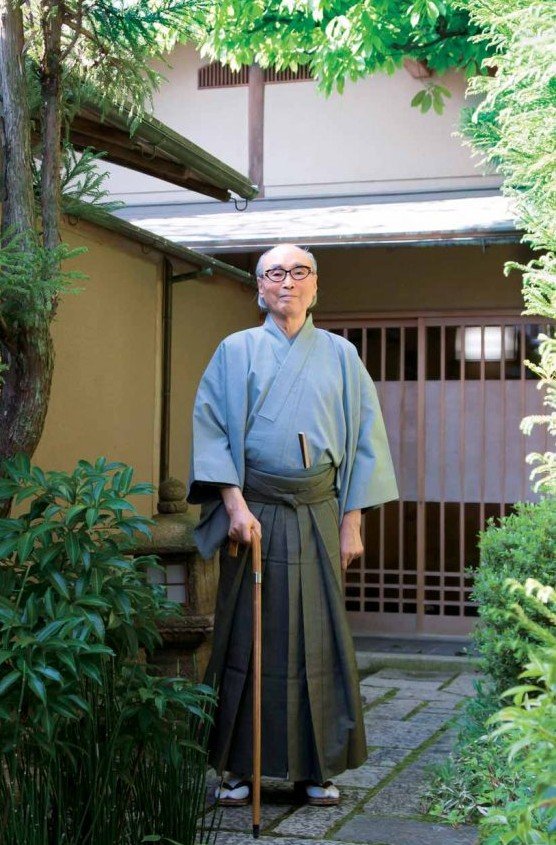

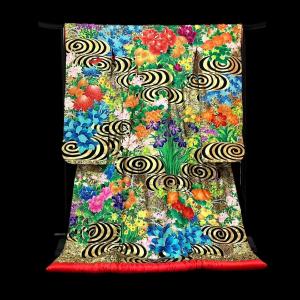






















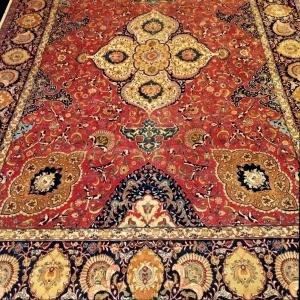

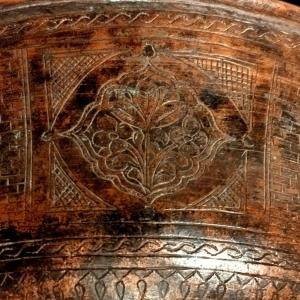

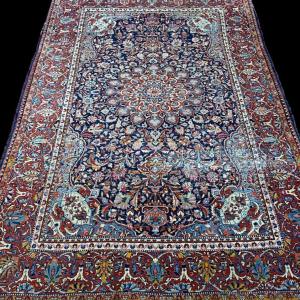








 Le Magazine de PROANTIC
Le Magazine de PROANTIC TRÉSORS Magazine
TRÉSORS Magazine Rivista Artiquariato
Rivista Artiquariato